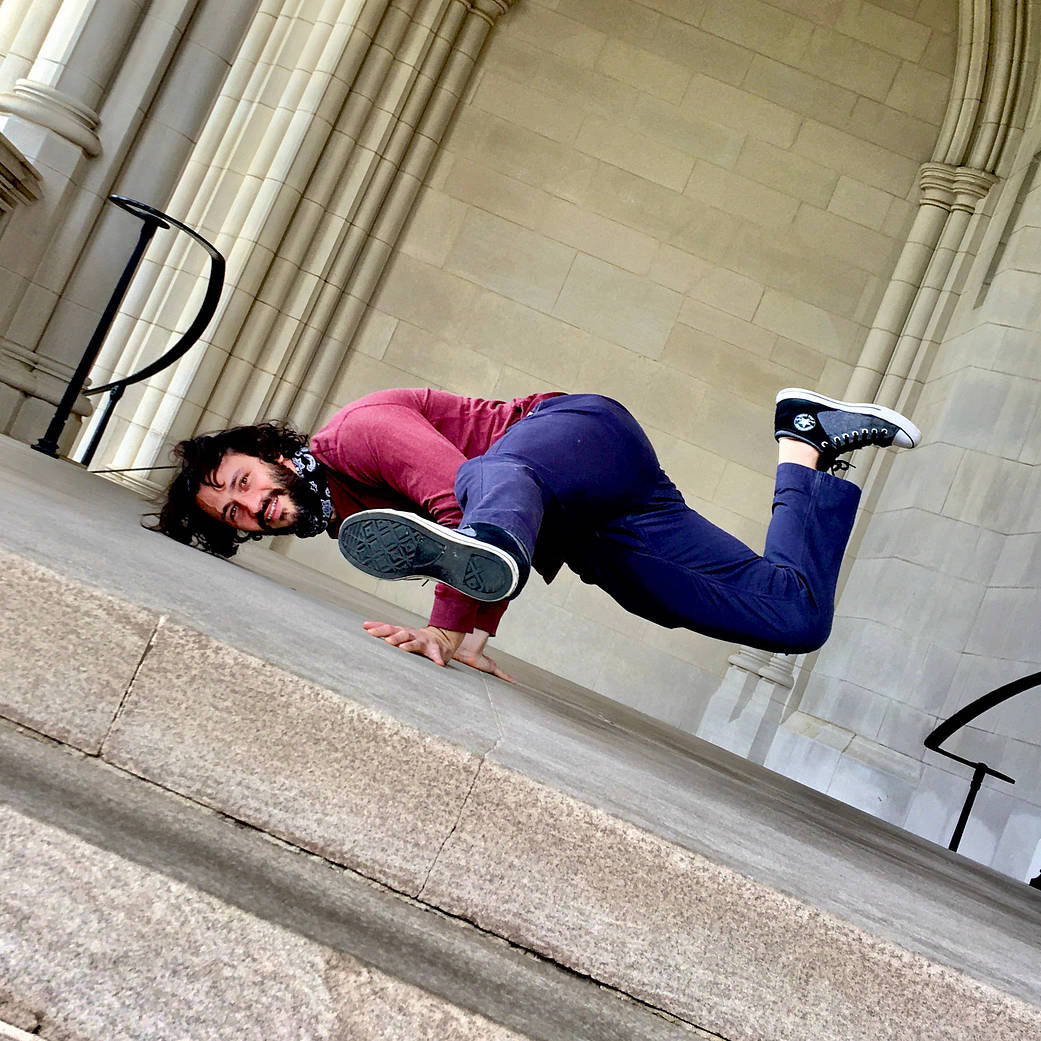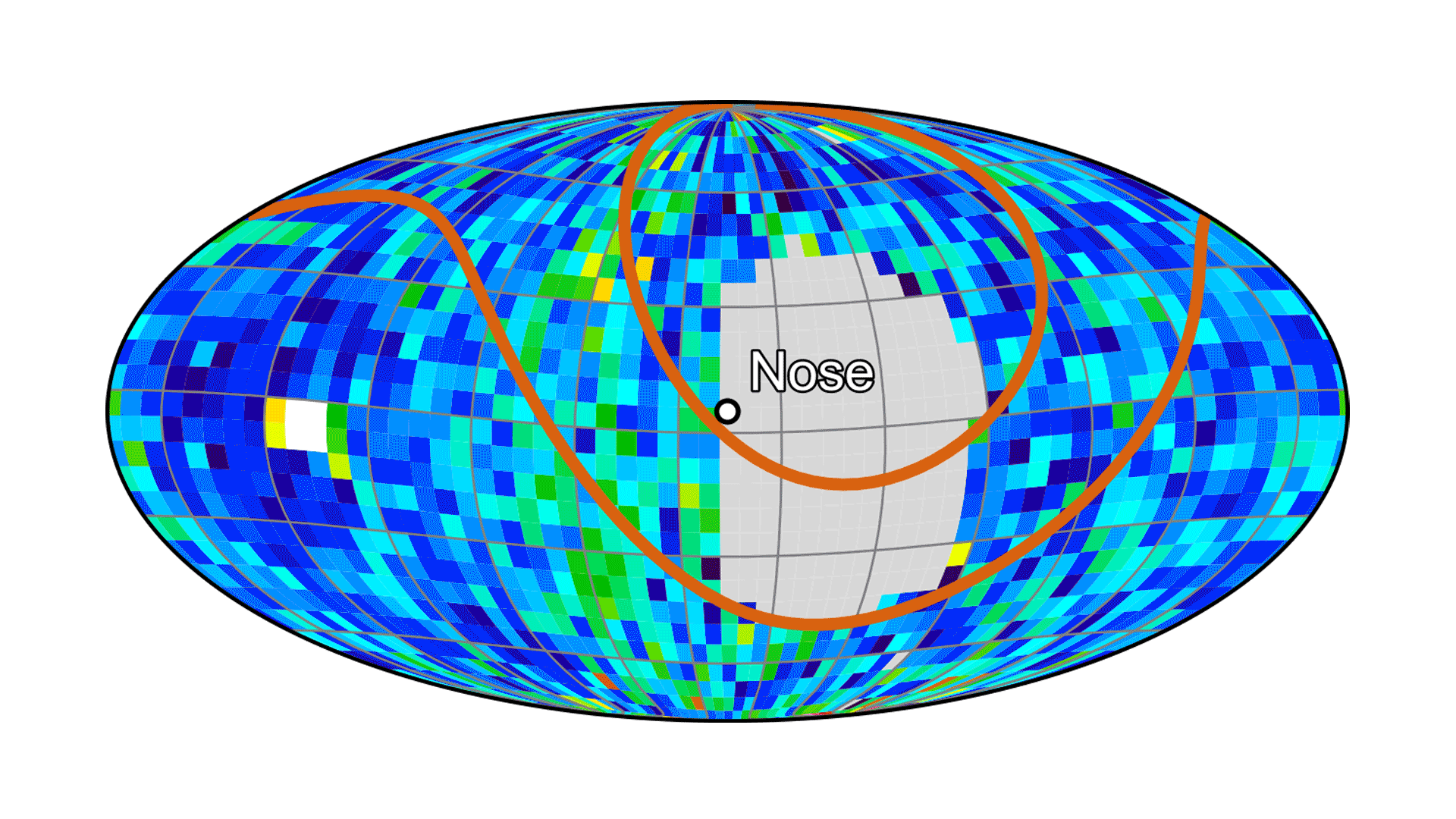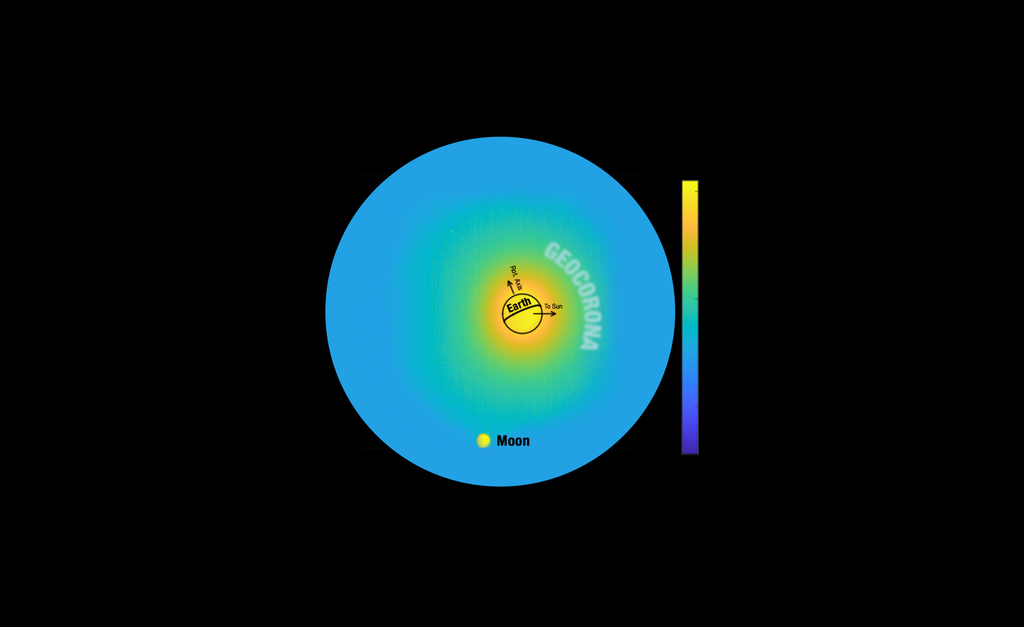
“I’ve always been science oriented. When I learned in elementary school that the Sun was a star, I was hooked. As I grew older, I was drawn to astronomy, but later changed my mind. I saw astronomy as the final frontier, but then I realized I couldn’t personally experience it, and I wanted to study something more tangible. Now I still specialize in something less than tangible: lightning.
“I manage lightning sensor systems, design new sensor technology, and analyze lightning data. Now I’m designing a new high-resolution lightning imager called CLIDE, which stands for CubeSat Lightning Imaging and Detection Experiment. It detects not just the bright lightning flashes, but also the small, faint flashes that hold clues to help us understand extreme weather. I want to see whether we can push the technology forward, expand applications of lightning science, and keep progressing into new domains like lightning on other planets.”
– Dr. Mason Quick, Research Atmospheric Physicist, Earth Science Branch, NASA’s Marshall Space Flight Center
Image credit: ShockFront Media, LLC
Interviewer: NASA / Dauna Coulter

























